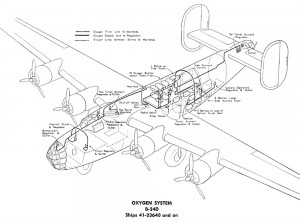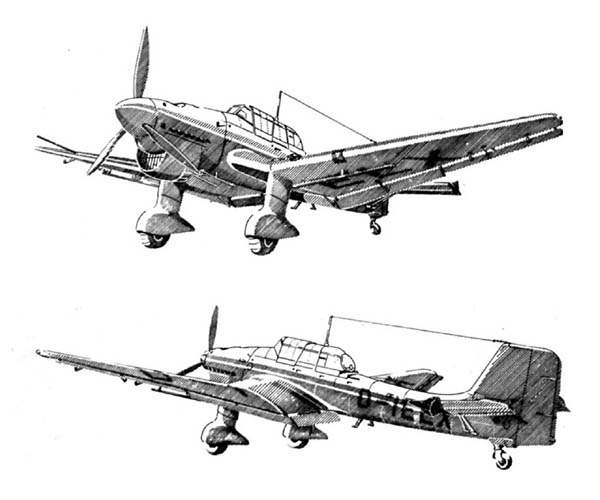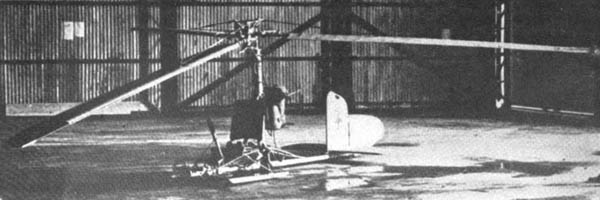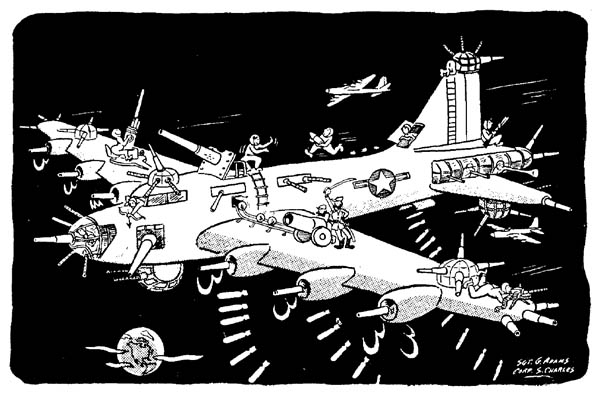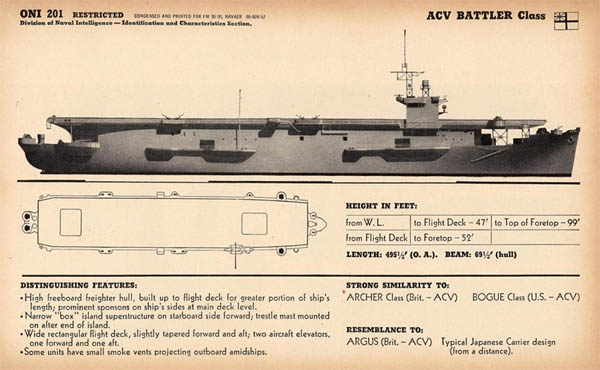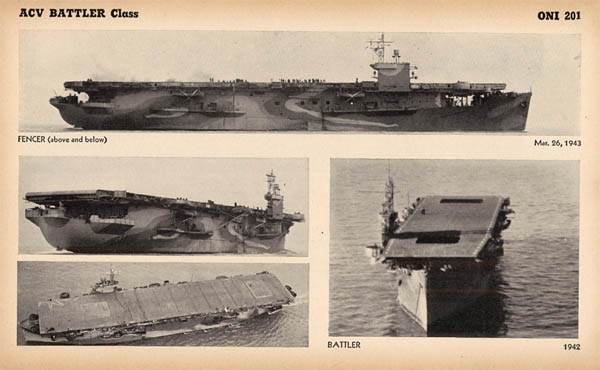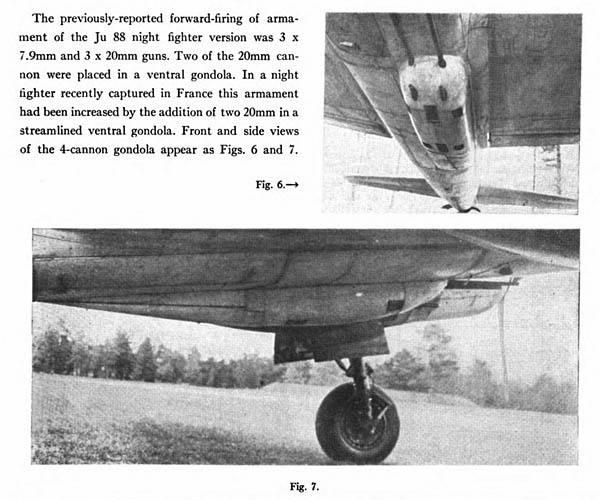Diagram of the B-24D Liberator oxygen system from the B-24D pilot manual.
-
Tags
- 1/35th
- aircraft
- antiaircraft
- antitank
- armor
- artillery
- B-17
- bomber
- book
- crew
- dragon
- fighter
- figures
- flak
- german
- gun
- hobby
- intelligence reports
- italy
- japanese
- jeep
- Luftwaffe
- miniart
- miscellaneous
- model
- navy
- ordnance
- panzer
- photos
- pilot
- poster
- publications
- recognition
- research
- resin
- scale models
- sherman
- tank
- tiger
- training
- truck
- tunisia
- vehicles
- video
- weapons
Categories
-
Recent Posts
- B-17 Ditching Mockup for Training
- In the Hedgerows of Normandy…
- Destroyed Rhine Bridges
- “Major” – The Parachuting St. Bernard
- PWs at Verdun
- Raft Survival of a P-51 Pilot
- Meet the Dragon Wagon
- Metz, France (1944-1945)
- Continental Red Seal Engines
- M10 Tank Destroyers on Railcar
- Captured Tiger Tank Photo Op
- Photo Set, Unknown Unit in Germany
-
Popular Posts
-
 Erkennungsmarke (German Dog Tag)
From Handbook on German Army Identification, U.S. Milit...
posted on October 11, 2010 | under dog tag , erkennungsmarke , german , miscellaneous , research , wehrmacht
Erkennungsmarke (German Dog Tag)
From Handbook on German Army Identification, U.S. Milit...
posted on October 11, 2010 | under dog tag , erkennungsmarke , german , miscellaneous , research , wehrmacht
-
 Italian Navy Uniforms and Insignia
Italian Navy Uniforms and Insignia:
CON...
posted on October 8, 2010 | under insignia , italian navy , italy , newsmap , uniforms
Italian Navy Uniforms and Insignia
Italian Navy Uniforms and Insignia:
CON...
posted on October 8, 2010 | under insignia , italian navy , italy , newsmap , uniforms
-
 Valentine Tank Illustrations
Front and side views of the Valentine Tank (officially...
posted on October 21, 2012 | under armor , front view , illustrations , russian , side view , valentine
Valentine Tank Illustrations
Front and side views of the Valentine Tank (officially...
posted on October 21, 2012 | under armor , front view , illustrations , russian , side view , valentine
-
 Japanese Type 1 Ho-Ki Armored Personnel Carrier
The Japanese produced a limited number of the innovativ...
posted on September 7, 2010 | under apc , armor , ho-ki , intelligence reports , japanese , luzon , prime mover , tractor , type 1
Japanese Type 1 Ho-Ki Armored Personnel Carrier
The Japanese produced a limited number of the innovativ...
posted on September 7, 2010 | under apc , armor , ho-ki , intelligence reports , japanese , luzon , prime mover , tractor , type 1
-
 Early-War Uniform
A private photograph from 1942 showing details of the e...
posted on May 20, 2020 | under uniform
Early-War Uniform
A private photograph from 1942 showing details of the e...
posted on May 20, 2020 | under uniform
-
 89th Infantry Division in Germany
Photographs of the U.S. Army's 89th Infantry ...
posted on May 21, 2020 | under 1945 , 89th infantry division , germany , gotha , ilmenau , waltershausen
89th Infantry Division in Germany
Photographs of the U.S. Army's 89th Infantry ...
posted on May 21, 2020 | under 1945 , 89th infantry division , germany , gotha , ilmenau , waltershausen
-
 Bendix Chin Turret
Bendix manual on the Operation and Maintenance of the B...
posted on December 31, 2010 | under aircraft , bendix , chin turret , gun , turret , weapons
Bendix Chin Turret
Bendix manual on the Operation and Maintenance of the B...
posted on December 31, 2010 | under aircraft , bendix , chin turret , gun , turret , weapons
-
 German 105-mm Howitzer
Three views of the German 105-mm howitzer (10.5 cm leFH...
posted on November 23, 2011 | under 105mm , artillery , german , howitzer , leFH 18 , manual , technical manual , weapons
German 105-mm Howitzer
Three views of the German 105-mm howitzer (10.5 cm leFH...
posted on November 23, 2011 | under 105mm , artillery , german , howitzer , leFH 18 , manual , technical manual , weapons
-
 How’s Your Sherman, Herman?
M4 Sherman Tank modification and upgrades from Army Mot...
posted on November 3, 2010 | under armor , army motors , m4 , maintenance , ordnance , research , sherman , tank , technical
How’s Your Sherman, Herman?
M4 Sherman Tank modification and upgrades from Army Mot...
posted on November 3, 2010 | under armor , army motors , m4 , maintenance , ordnance , research , sherman , tank , technical
-
Archives
- June 2020 (13)
- May 2020 (23)
- April 2020 (2)
- March 2020 (2)
- February 2020 (2)
- January 2020 (2)
- December 2019 (1)
- November 2019 (11)
- October 2019 (2)
- September 2019 (1)
- August 2019 (1)
- July 2019 (2)
- June 2019 (1)
- May 2019 (2)
- April 2019 (1)
- March 2019 (1)
- February 2019 (1)
- January 2019 (2)
- March 2015 (4)
- February 2015 (6)
- January 2015 (22)
- December 2014 (13)
- November 2014 (9)
- October 2014 (7)
- September 2014 (3)
- August 2014 (9)
- July 2014 (3)
- June 2014 (2)
- May 2014 (5)
- April 2014 (3)
- March 2014 (4)
- February 2014 (6)
- January 2014 (12)
- December 2013 (2)
- November 2013 (8)
- October 2013 (5)
- September 2013 (4)
- August 2013 (2)
- July 2013 (23)
- June 2013 (12)
- May 2013 (3)
- April 2013 (5)
- March 2013 (7)
- February 2013 (2)
- January 2013 (1)
- December 2012 (48)
- November 2012 (46)
- October 2012 (14)
- September 2012 (10)
- August 2012 (18)
- July 2012 (13)
- June 2012 (6)
- May 2012 (3)
- April 2012 (4)
- March 2012 (13)
- February 2012 (12)
- January 2012 (4)
- December 2011 (5)
- November 2011 (27)
- October 2011 (3)
- September 2011 (3)
- August 2011 (4)
- July 2011 (3)
- June 2011 (5)
- May 2011 (5)
- April 2011 (3)
- March 2011 (3)
- February 2011 (3)
- January 2011 (42)
- December 2010 (75)
- November 2010 (75)
- October 2010 (62)
- September 2010 (36)
- August 2010 (41)
- July 2010 (11)
- June 2010 (23)
- May 2010 (5)
- April 2010 (2)
- March 2010 (10)
- February 2010 (3)
- January 2010 (2)
- December 2009 (3)
- November 2009 (7)
- October 2009 (1)
- September 2009 (1)
- August 2009 (6)
- July 2009 (1)

